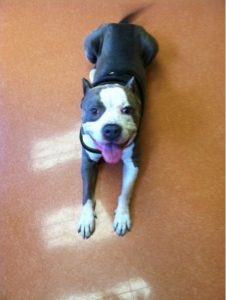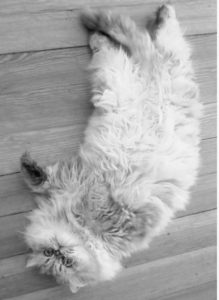 Highland Park Pet Capnography Veterinary
Highland Park Pet Capnography Veterinary
Capnography is a noninvasive method of measuring systemic metabolism, cardiac output, pulmonary perfusion, and ventilation. Capnography is the recording of CO2 concentration versus time. Capnography involves continuous measurement and recording of CO2 in the respiratory gases.
End-tidal carbon dioxide (ETCO2) is the measurement of CO2 in exhaled respiratory gases and serves as an estimate of arterial CO2. ETCO2 is measured by a capnograph in a mainstream or sidestream method.
Advantages of sidestream analysis include a lightweight sampler, ease of manipulation near the patient, smaller sample chamber volume, and ability to sample other gases
The advantage of mainstream analysis is that it gives a real-time measurement and immediate response rate. The capnogram waveform has three phases:
- Phase I – expiratory baseline
- Phase II -expiratory upstroke
- Phase III -expiratory plateau
 Highland Park Dog Capnography Veterinary
Highland Park Dog Capnography Veterinary
Capnography is an essential tool for monitoring anesthetized and critical care veterinary patients and provides important feedback about the severity of a patient’s condition and how patients respond to treatment.
Capnography offers many benefits by allowing noninvasive assessment of the patient’s systemic metabolism, pulmonary perfusion, and cardiac output.
 Highland Park Cat Capnography Veterinary
Highland Park Cat Capnography Veterinary
Using capnography can also help maintain a stable plane of anesthesia which is especially useful in obese animals, during prolonged surgical procedures.
This technique is relatively inexpensive. Capnography allows for continuous monitoring of ventilation. It also limits the need for invasive procedures and provides valuable information about the respiratory status of your pet.
- Allergy
- Blood Pressure
- Capnography
- Chip Implantation
- Dental Cleaning
- Dietary Management
- EKG
- Emergency
- Geriatric Care
- Kitten
- Pet Preventive Care
- Pet Laboratory Testing
- Pet Vaccines
- Pulse Oximetry
- Puppies
- Surgery
- Travel Certification
- Ultrasound
- X-Ray


